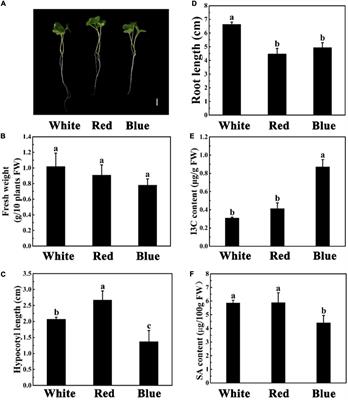EDITORIAL
Published on 21 Sep 2022
Editorial: Sprouts, microgreens and edible flowers: Modulation of quality in functional specialty crops
doi 10.3389/fpls.2022.1033236
- 891 views
- 1 citation
9,244
Total downloads
35k
Total views and downloads
EDITORIAL
Published on 21 Sep 2022
ORIGINAL RESEARCH
Published on 05 Apr 2022

ORIGINAL RESEARCH
Published on 30 Jul 2021

ORIGINAL RESEARCH
Published on 24 Jun 2021

ORIGINAL RESEARCH
Published on 11 Jan 2021

ORIGINAL RESEARCH
Published on 19 Nov 2019
ORIGINAL RESEARCH
Published on 14 Nov 2019